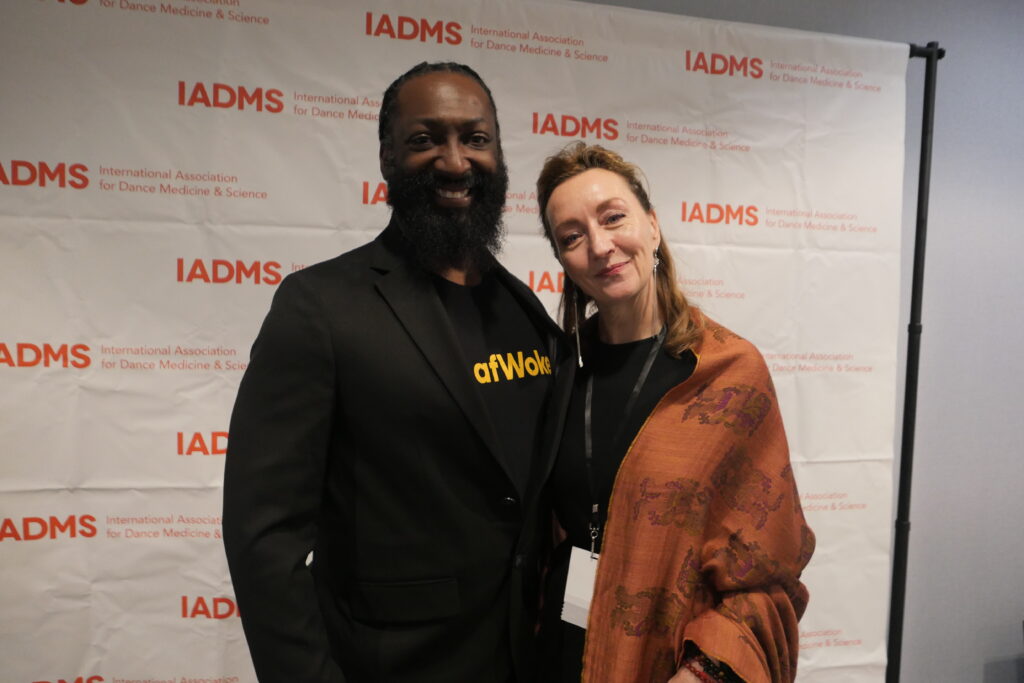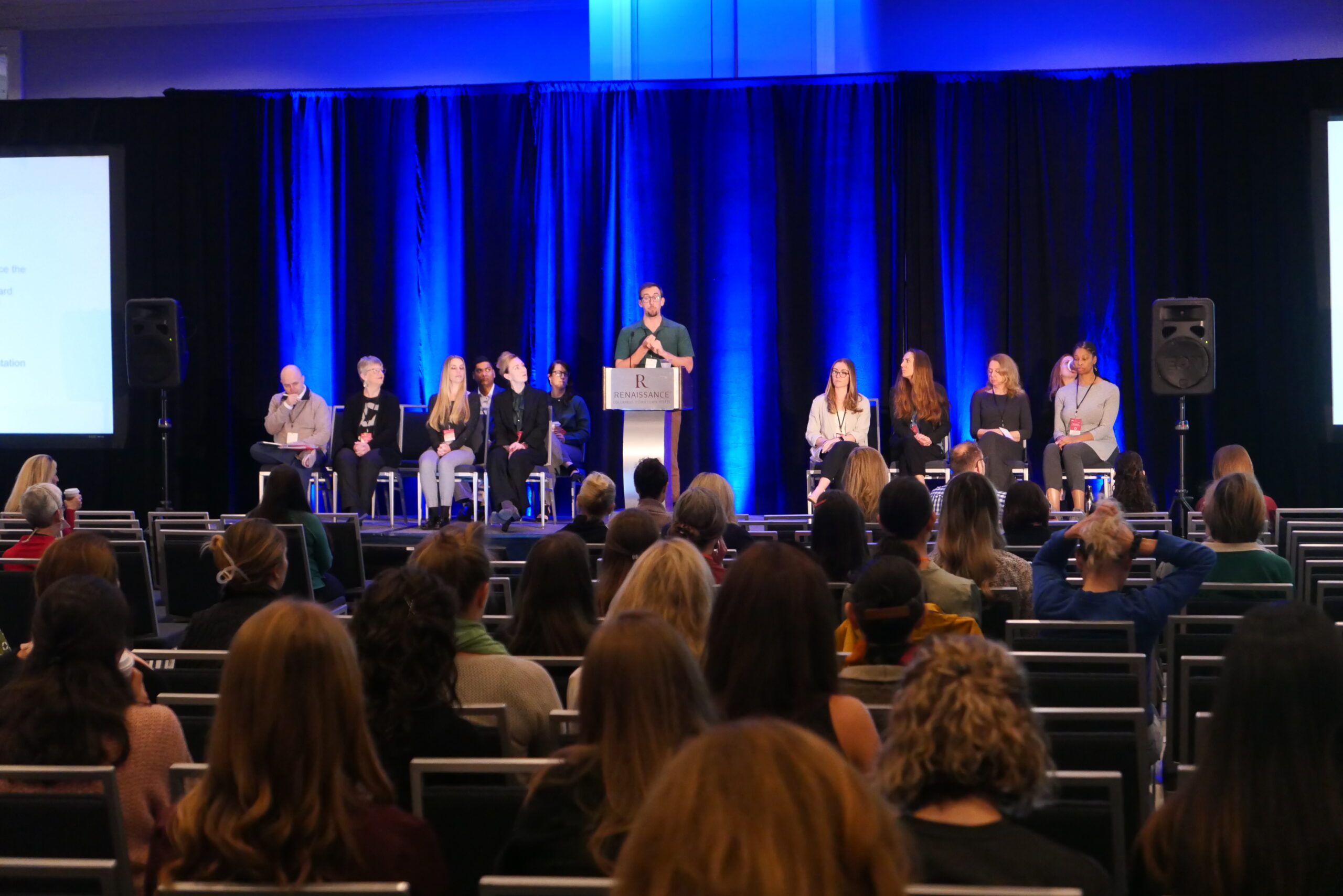The 2023 International Association for Dance Medicine & Science Conference Explored Dancers’ Physical and Mental Health
“Open your mind, open your heart, open yourself” was the invitation for engagement, communicated through the movement of American Sign Language, at the opening of the 33rd-annual International Association for Dance Medicine & Science conference by Deaf, Black, Indigenous dancer, advocate, and 2023 Dance Magazine Award recipient Antoine Hunter PurpleFireCrow. “Just because you can hear doesn’t mean you know how to listen,” he challenged. His moving keynote set the tone for the four days that followed.

More than 500 dance medicine and education professionals gather each year, both in person and virtually, to share and learn how to better achieve health for dancers, and health for our communities through dance. The most recent conference, held in Columbus, Ohio, in October 2023, hosted 121 presentations and movement/interactive sessions and 22 poster presentations by practitioners from all over the world. Here is a small sampling of the remarkable breadth of work presented and topics discussed.
- Strength and conditioning had a heightened presence, with practitioners emphasizing that dance practice and physical therapy alone will not fully support a dancer’s needs. “A physical therapist can only get you back to baseline, legally, and there is a gap between your baseline and your best, strongest self to avoid injury,” said Catherine Cullen, DPT, in a panel about optimizing training and development.
- A study of dancers at the English National Ballet School looked at the impact of the COVID-19 lockdown on musculoskeletal injuries (those that affect bones, joints, ligaments, muscles, or tendons) in pre-professional ballet dancers. Overall, dancers have a 76% injury risk, which is higher than in traditional sports. The total number of injuries sustained by dancers pre- and post-COVID lockdown was similar, but there was a significant shift from overuse injuries (such as stress fractures) pre-lockdown to acute injuries (such as sprained ankles) post-lockdown. Proportionally, there were more acute injuries in male and first-year dance students post-lockdown. (Manuela Angioi, Emily Gordon, Juncal Roman Pastor)
- Understanding and supporting neurodivergent dancers was an emerging topic. Research suggests that the link between neurodivergence and hypermobility demands more research to better understand dancers. Dr. Jessica Eccles presented her extensive research on the hypermobile population and correlations to the neurological aspects of a dancer’s experience. “Hypermobility is so much more than just having hyperflexible joints. It is having a difference in the building blocks of the body that affect almost everything,” she said. Dancers are more likely to be hypermobile than the general population. There has been research demonstrating that if a person has symptomatic hypermobility, they are seven times more likely to be autistic, and five times more likely to have ADHD. Eccles challenges practitioners that, “If we are seeing neurodivergent people, we must think about hypermobility, and if we are seeing hypermobile people, we must think about neurodivergence.”
- One study looked at coping strategies and flow state (a state of optimal experience arising from intense involvement in an activity that is enjoyable) in 293 dancers with and without post-traumatic stress disorder. 64% of the dancers had experienced significant trauma, and the prevalence rate of PTSD among those dancers was 20.8%. Dancers with suspected PTSD had increased anxiety, depression, disassociation (a state of being disconnected), and difficulty regulating negative emotions. However, despite the negative factors, dancers with PTSD experienced flow states like those dancers who had no trauma exposure, indicating the potential supportive nature of dance practice. (Paula Thomson, Sarah Victoria Jaque, Mariko Iwabuchi)
- Dancers’ use and trust of available medical support was the theme of several presentations. One study looked at the prevalence of dance-related injuries in 141 commercial dancers in the U.K., the U.S., and Europe, as well as their access and use of medical support. The primary injuries reported were to the lower extremities and the neck. 17% of the dancers reported five or more injuries over five years. 87% of the dancers experienced an injury and required health care, but 74% of the dancers with an injury did not seek health care. The most commonly cited reason for not accessing health care was that the dancer could not afford it. Many of them expressed that they did not seek care because they didn’t think that the medical providers would understand their needs. (Jeffrey A. Russell, Stephanie Petery, Leanne Hodgson, Rithiely Pereira)
IADMS’ 2024 conference will take place in Rimini, Italy, October 17–20. The 2025 conference will be held in Las Vegas, Nevada, September 25–28. n






